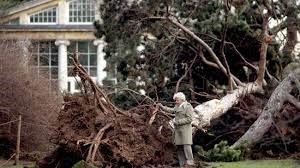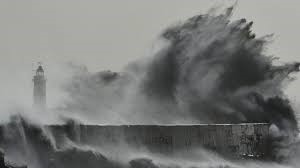
BRC Audits and the Standards they cover
November 29, 2021
How to make a lever in Minecraft?
December 5, 2021The weather in the winter is something that can take a turn for the worse at any time. Here in the UK, there have been manty winter storms over the years, some which have caused widespread damage and devastation, and some which have not been as bad – but given the sometimes unpredictable weather that we have here it is always best to be prepared for the worst in the winter!
Making sure that you house is all in good repair is a good thing to do as winter sets in – have your central heating thoroughly checked by a professional like this Cheltenham boiler servicing company www.blu-fish.co.uk/gas-heating-services-cheltenham/boiler-servicing-cheltenham/ have any repairs made to fences and sheds, and clear debris from gutters. This will all help to ensure that your home is ready for what the winter has to throw at it.
Very bad winter storms are not too regular thankfully, but not so long ago, there was a devastating storm known as the Burns Day Storm which wreaked havoc…
This was a storm that is less heard about than the hurricane which happened three years before, in 1987, and was much more deadly and powerful that that one too! It struck on the 25th January 1990 – in Scotland, the 25th January is known as burns night, in celebration of the poet, Robert Burns. The storm started with a depression in the Atlantic and as it tracked across the British Isles on 25th January it began to gain strength and speed. It covered a vast area, and strong gusts of wind were recorded all over the country.
The area of Aberporth in Wales recorded the highest wind speeds, of 107 miles per hour! Because of the fact that the storm struck in the daytime it also had a much more destructive impact than the hurricane of 1987, and as it covered a larger area, the cost to repair it was much more, running into the billions, as roads and buildings all over the UK were damaged by the super strength winds. In fact, this weather event was the most expensive one for insurers in British History! Kew gardens had many trees uprooted, and indeed, trees all over the country were pulled down that day, as well as power lines, leaving many people without power.
Because of the timing of the storm, more lives were tragically lost – 47 in total – although there were some miracle escape stories, such as the school in Sussex that was evacuated only minutes before their whole building collapsed. Most of the deaths caused by the storm were due to buildings collapsing, as well as large objects such as trees being blown down.
The storm left the UK and continued to wreak havoc on the continent as both Denmark and Belgium were badly hit by the bad weather.





